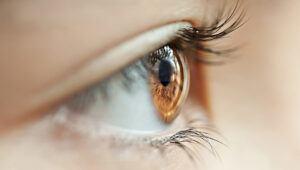WHAT ARE SOME COMMON EYE CONDITIONS?
HOW TO IDENTIFY AN EYE CONDITION
 There are a variety of vision conditions you should be aware of, which can affect you at different ages and can vary in severity. Below is a general overview of the most common ones; however, you should consult an eye care professional to correctly diagnose a potential condition.
There are a variety of vision conditions you should be aware of, which can affect you at different ages and can vary in severity. Below is a general overview of the most common ones; however, you should consult an eye care professional to correctly diagnose a potential condition.









